Below is a comprehensive landscape lighting solution design for your reference. This solution is suitable for various venues, including parks, commercial areas, residential communities, and tourist attractions. By combining scientific planning with advanced technology, it achieves both aesthetic appeal and safety, energy conservation, and sustainable development goals.
────────────────────────
[I. Project Master Plan]
Target Positioning
Determine the project's positioning and needs: whether to focus on creating a safe atmosphere at night, highlighting architectural or landscape features, or emphasizing an artistic atmosphere. Define the lighting objectives, budget, and maintenance requirements to guide subsequent design plans.
Site Assessment
Conduct detailed site measurements to collect environmental data (such as pedestrian flow, roadways, vegetation, building colors and structures, etc.) and safety requirements. Consider light pollution, energy consumption control, and coordination with the surrounding environment.
────────────────────────
[II. Design Principles and Key Points]
Safety and Functionality
a. Provide the necessary lighting intensity to ensure nighttime navigation and safety monitoring.
b. Implement accent lighting in areas such as passageways, entrances and exits, and stairways. c. Consider the protective requirements for waterproofing, dustproofing, and windproofing, and comply with relevant standards.
Aesthetics and Atmosphere Creation
a. Use light and shadow to sculpt cultural and natural landscapes, highlighting building outlines and area landmarks.
b. Color Temperature Design: Choose warm tones (e.g., for residential communities) or cool tones (e.g., for commercial and public areas) based on the site's intended use.
c. Dynamic Lighting Design: Appropriately incorporate varying lighting effects to enhance interest and artistic appeal.
Energy Saving and Sustainability
a. Prioritize the use of high-efficiency, energy-saving light sources such as LEDs to extend their lifespan.
b. Consider solar power or intelligent dimming systems to automatically adjust brightness based on actual lighting conditions.
c. Implement an intelligent control system to enable remote monitoring and energy consumption analysis.
────────────────────────
[III. Main Technical Solutions]
Lighting Equipment Selection
a. LED Lamps: Use high-color rendering LEDs to ensure color reproduction and long-term stability.
b. Decorative Lamps, Downlights, Linear Lamps, and Floodlights: Select appropriate lamp types based on the characteristics of each area. c. Waterproof and dustproof design: Especially suitable for outdoor and humid environments, ensuring long-term stable operation.
Control System
a. Centralized Control and Zoned Control: Utilizes intelligent controllers to automatically manage brightness, color temperature, and on/off control in each zone.
b. Sensor Interaction: Equipped with light sensors and infrared sensors, it enables occupancy monitoring and automatic dimming.
c. Remote Monitoring System: Connects to a cloud platform, enabling maintenance personnel to monitor status and provide fault warnings.
Power Supply and Wiring
a. Utilize a low-voltage DC power supply system to improve energy efficiency and ensure safety.
b. Rationally plan wiring routes to reduce engineering losses and ensure system stability.
c. Reserve maintenance ports and redundant design to facilitate future expansion and maintenance.
────────────────────────
[IV. Construction and Installation]
Construction Plan
a. Phased construction: Pilot in a demonstration area first, then roll out to a full-scale system based on feedback and optimization.
b. Observe protective measures during installation to ensure on-site safety.
Commissioning and Acceptance
a. After the initial installation is complete, conduct unified commissioning to ensure compatibility and coordination between all systems.
b. Conduct a joint acceptance inspection with the client to ensure that brightness, color temperature, and performance meet the expected design standards.
────────────────────────
[V. Operation, Maintenance, and Post-Management]
Daily Maintenance
Regularly inspect and clean the lighting fixtures and control systems. Any problems discovered will be promptly corrected to extend equipment life.
System Upgrades
Combining big data and intelligent management, regularly upgrade the lighting system software, control interfaces, and other components to achieve more efficient energy management and expand functionality.
────────────────────────
[VI. Case Studies]
Urban Square Lighting: Utilize a combination of overhead floodlights and low-position decorative lights to highlight the layering of the building and the surrounding landscape.
Cultural Scenic Area Lighting: Utilize mood lighting with dynamic projection to create a historical atmosphere and enhance the nighttime visitor experience.
Residential Community Lighting: Utilize intelligent sensor lights and low-energy LED streetlights to ensure resident safety while achieving energy conservation and environmental protection goals.
────────────────────────
[Summary]
An excellent landscape lighting solution requires comprehensive consideration of multiple aspects, from overall planning and equipment selection to construction and installation, and ongoing maintenance. Intelligent control and energy-saving and environmentally friendly design not only enhance the nighttime landscape but also provide strong support for public safety and sustainable development. Refining the solution's various indicators and design parameters based on the specific site and client needs ensures the final results meet the desired objectives.
The above solution is for reference only. During actual implementation, it is recommended to consult with a professional lighting design team for a customized design tailored to the specific site conditions, project scale, and budget.



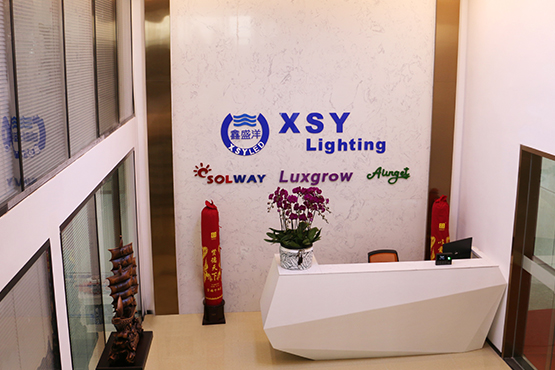
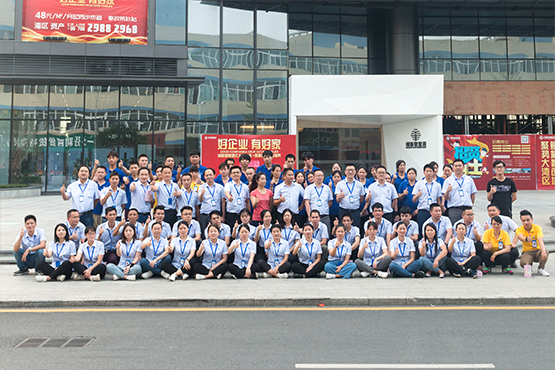
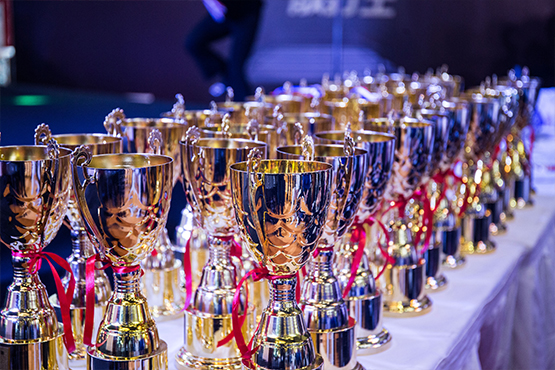





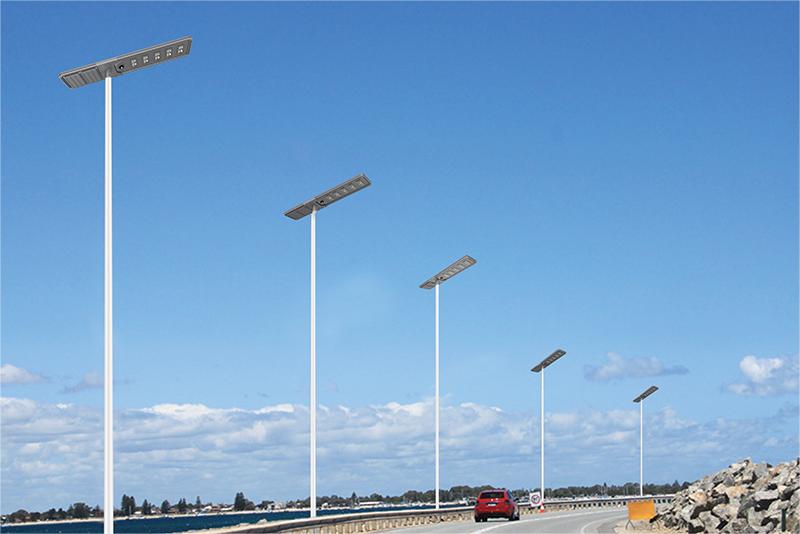
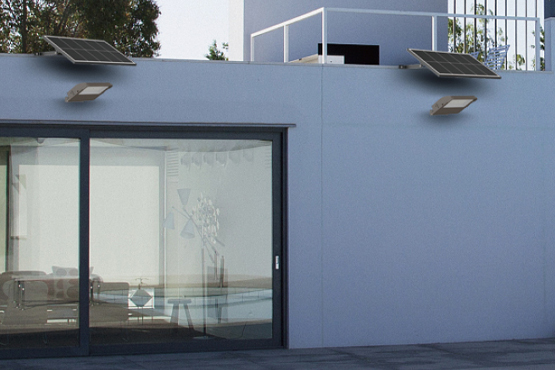




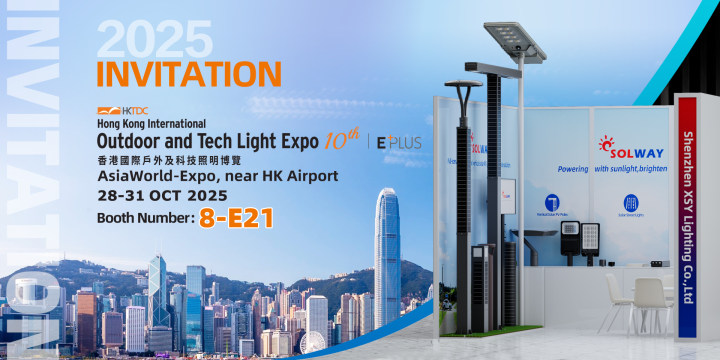

 English
English










 Scan WhatsApp
Scan WhatsApp Scan Wechat
Scan Wechat Scan WhatsApp
Scan WhatsApp Scan Wechat
Scan Wechat Consult Now
Consult Now






